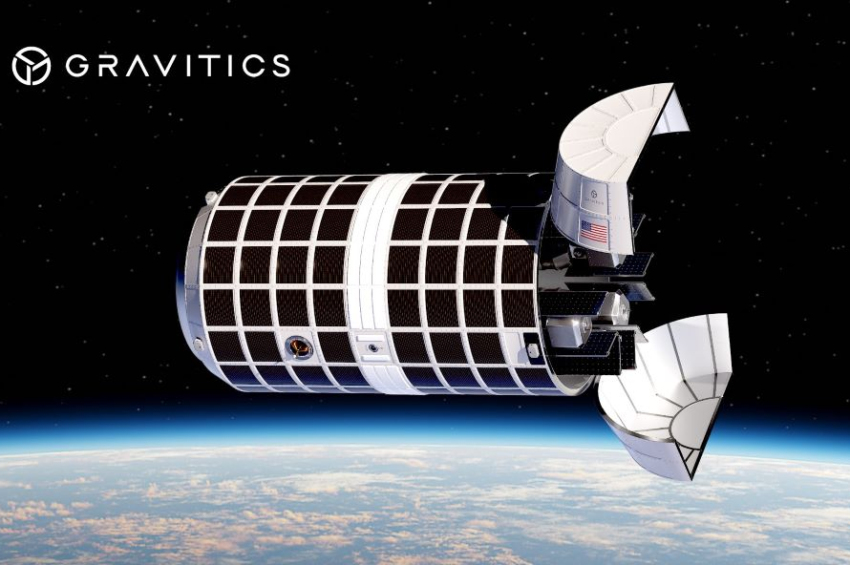Startup Gravitics earns $60-million award to build an “orbital carrier”
In a bold push to transform how the United States responds to threats in space, the U.S. Space Force, via its innovation arm SpaceWERX, has selected Seattle-based startup Gravitics to develop a novel “orbital carrier” under a Strategic Funding Increase (STRATFI) contract worth up to $60 million.
The orbital carrier is envisioned as a pre-positioned in-space platform that carries multiple maneuverable spacecraft, effectively acting as an on-orbit “launch pad” that can rapidly deploy assets in response to emergent threats or failures.
“We’re honored to partner with the U.S. Space Force on this critical initiative,” Colin Doughan, CEO of Gravitics, said in a company statement. “The Orbital Carrier is a game-changer, acting as a pre-positioned launch pad in space. It bypasses traditional launch constraints, enabling space vehicle operators to rapidly select a deployment orbit on-demand.”
Strategic rationale
By pre-staging multiple small spacecraft aboard the orbital carrier, the system aims to respond to threats in orbit — such as satellite blinding via lasers (“dazzling”), jamming, collision damage, or outright attacks — within hours rather than months.
Instead of waiting for a ground-based rocket launch, the carrier would enable operators to dispatch replacement or repair vehicles from orbit almost immediately. In effect, the orbital carrier turns part of space into a “sea” of mobile capability, echoing how a naval aircraft carrier projects force at sea.
More to read:
[video] Aerospace startup proposes sled launch system to push planes into space
The concept is not without challenges. Critics point to the high cost of assembling and launching such a large structure, potential complexity in command-and-control, and the need for robust communications and ground control systems. Moreover, the $60 million commitment may represent only an early stage of investment in what is likely to be a multi-phase program.
Program outlook
The STRATFI mechanism is meant to accelerate promising technologies developed by small businesses into operational status within the Space Force. With this award, Gravitics can accelerate its development timeline, aiming to integrate the orbital carrier into future U.S. space architectures.
As the Space Force continues to face threats to its orbital infrastructure and seeks to shorten response times, the orbital carrier proposal stands out as a radical reimagining of space defense. If successful, it could fundamentally change how space assets are protected, maintained, and replaced in real time.
More to read:
[video] Startup unveils final design of commercial space station compatible with SpaceX rockets
In the months ahead, all eyes will be on Gravitics as it moves from concept to demonstration, testing whether the audacious vision of an “aircraft carrier in space” can become reality.
Although the company is a non-military entity, the future space carrier looks like a predominantly military asset, possibly with civilian employment too. It’s not clear whether it will be equipped with weapons to defend itself from eventual external threats.
The U.S. said that in July 2025, China carried out a “non-destructive” anti-satellite weapon test while last year it experimented with satellite collision.






